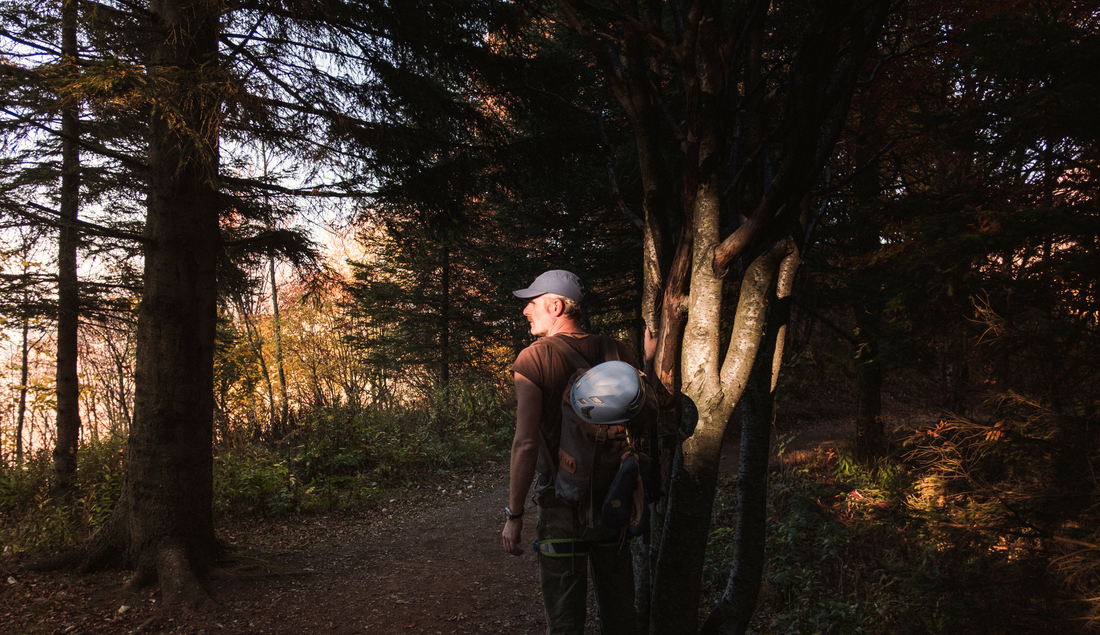
How to Create Your Own Hiking Trail
Share
Ever wanted to design your own hiking trail? Whether you’re planning a scenic loop near home or setting up a fun route for friends, creating your own trail can be an amazing way to connect with nature and explore on your terms.
Here’s how to do it safely, responsibly, and with a little help from your favorite HikeSense gear.
1. Start with Research
Before putting on your boots, open a map! Check out nearby parks, reserves, or bushland areas. Use platforms like AllTrails, Trailforks, or government park sites to:
-
Look for existing paths
-
Find natural features like lookouts or waterfalls
-
Avoid private land or restricted areas
Tip: Even if you're creating your own "route," it often starts with linking together smaller, known paths.
2. Pick Your Trail Style
Decide what kind of experience you want:
-
A short nature loop? Great for beginners.
-
A challenging bush adventure? Go for elevation and variety.
-
A family-friendly walk? Think flat, shaded, and near water.
Once you know the vibe, you can plan the route that suits your crew.
3. Plan Your Route
Use apps or tools like Komoot, Gaia GPS, or even Google Maps terrain view. Trace your path and:
-
Measure the distance and elevation
-
Mark important waypoints (start, middle, end, rest spots)
-
Check for hazards or blocked access
Bring it to life: Try the trail out and make notes along the way. Is that creek crossing safe? Is there a better lookout spot?
4. Gear Up Before You Go
Creating and testing your own trail means you're going off the usual path — so be prepared.
Here’s what we recommend:
-
🥢 Trekking Poles – for uneven or new terrain
-
💧 Water Bottle – always carry more water than you think
-
🔧 Multitool – you never know what you’ll need to fix or clear
-
🩹 First Aid Kit – just in case
And don’t forget: good shoes, sun protection, and a charged phone or GPS device.
5. Test It and Mark It (If Needed)
Walk your full trail and track it using your phone or GPS. Note:
-
Trail difficulty
-
Natural landmarks (big tree, rock formations, creek, etc.)
-
Areas that need caution or clear marking
If it's a trail you’ll revisit often, consider temporary markers (ribbons, chalk marks) or digital sharing through trail apps.
6. Leave No Trace
Creating a trail doesn’t mean damaging nature. Respect the environment by:
-
Avoiding erosion-prone areas
-
Not cutting trees or disturbing wildlife
-
Packing out all your rubbish (and maybe some that’s not yours!)
Final Tip from HikeSense
Creating a trail is about exploring responsibly and preparing wisely. It’s a great way to make your own adventure, just make sure you're geared up and safe every step of the way.
🧭 Want to start your own trail journey?
👉 Click here and Explore our products designed for trail-builders and adventure lovers.

